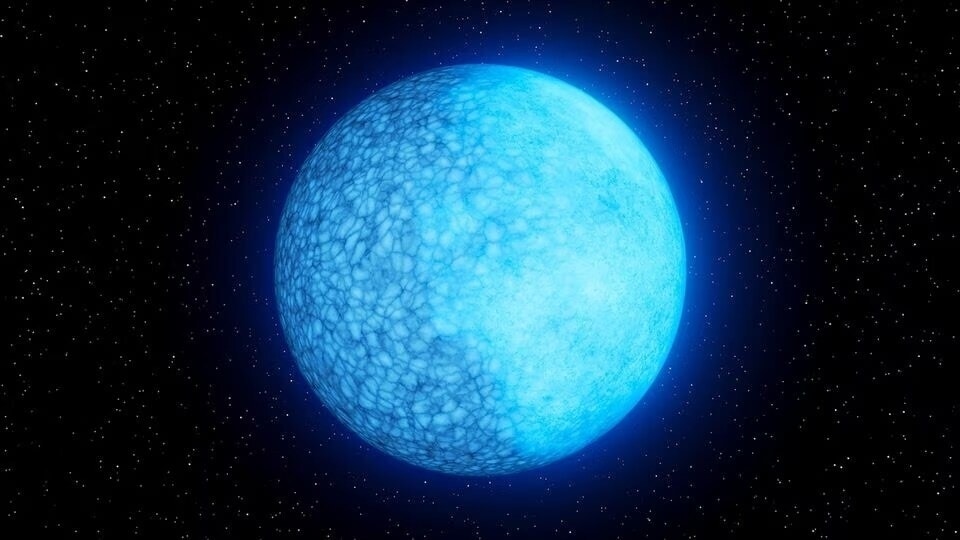This 2-faced white dwarf star defies astrophysical norms
Meet Janus, the enigmatic white dwarf star with 2 faces – one hydrogen-dominant, the other helium-graced. Its magnetic field holds the key to this celestial oddity.






 View all Images
View all ImagesBehold Janus, a celestial enigma that defies conventional norms! Unlike the figurative phrase denoting two-facedness, this white dwarf star embodies the very essence of duality, quite literally. Drawing inspiration from the ancient Roman god, Janus, with one face gazing forward and the other backward, symbolizing transitions, this peculiar stellar remnant has earned its fitting moniker. Scientists have been captivated by the unique composition of Janus, as it bears an extraordinary feature - hydrogen dominates one side, while helium graces the other.
The magnetic field's role in an unconventional Star
Janus, located about 1,300 light years from Earth in the direction of the Cygnus constellation, is fairly massive for a white dwarf. Its mass is 20% larger than that of our sun, compressed into an object with a diameter half that of Earth. Astonishingly, it rotates on its axis every 15 minutes, much faster than typical white dwarfs that take a few hours to a few days for a full rotation, according to a report by Reuters.
White dwarfs form at the end of a star's life, and Janus' peculiar composition raises intriguing questions about its evolutionary stage. The star might be transitioning from an atmosphere dominated by hydrogen to one dominated by helium, a process that usually involves a strong mixing of elements. Scientists speculate that Janus' magnetic field configuration could be the key to this asymmetry. If one side possesses a stronger magnetic field than the other, it could hinder the mixing of elements, leading to an uneven distribution of hydrogen and helium.
The discovery of Janus was made possible through the Zwicky Transient Facility at Caltech's Palomar Observatory near San Diego, followed by observations from other ground-based telescopes. This white dwarf may represent a unique and captivating stage in the evolution of some white dwarfs, caught in the act of transitioning from one atmospheric composition to another.
Astrophysicists and astronomers are thrilled with this extraordinary find, as it offers valuable insights into the rich and diverse phenomenology of stars. Stellar objects like Janus continue to baffle and surprise researchers, reminding us that the universe holds a myriad of mysteries waiting to be unraveled.
Catch all the Latest Tech News, Mobile News, Laptop News, Gaming news, Wearables News , How To News, also keep up with us on Whatsapp channel,Twitter, Facebook, Google News, and Instagram. For our latest videos, subscribe to our YouTube channel.






































